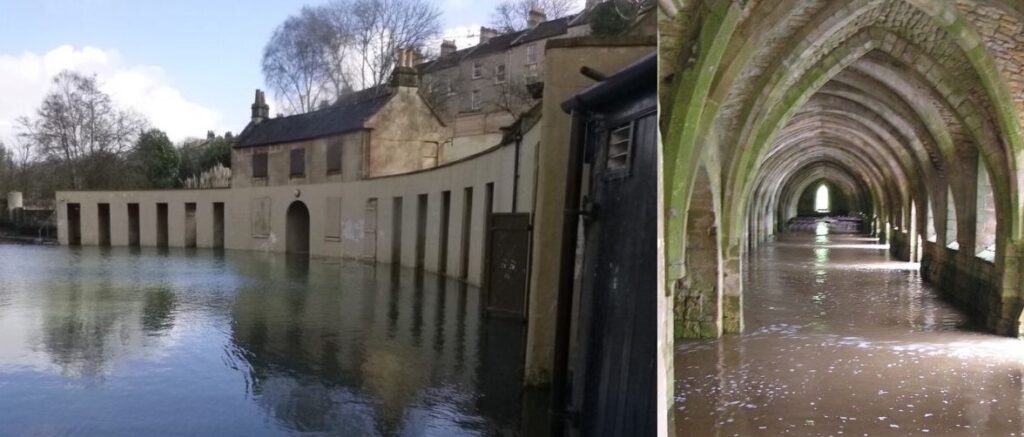World Heritage UK’s COP 26 statement
October 26, 2021
World Heritage UK (WHUK) calls upon the UK Government and all the leaders of signatory State Parties to the World Heritage Convention present at COP 26 to:
• take immediate action to protect their World Heritage Sites from the effects of the climate crisis
• incorporate the policy goals set out in UNESCO’s “Policy Document on Climate Action for World Heritage” (due for ratification in November 2021) into national policy, strategy, and action plans
• support and resource their World Heritage Sites better to address the challenges of the climate emergency
The Climate Emergency is the most pressing issue facing humanity. The IPCC Working Group I report, Climate Change 2021: the Physical Science Basis, published earlier this year, emphasised that the situation is now critical across the globe and that further urgent action must be taken now.
WHUK, which represents all the UK’s 33 World Heritage Sites, fully recognises the need for urgent integrated, transformational action across the whole of society to address the situation. Without this, it will not be possible to meet the Paris Agreement target of limiting global warming to no more than 1.5 degrees above pre-industrial levels. So it should be a matter of national pride that UK Sites are already responding to the climate emergency by taking action both to mitigate and adapt to climate change.
Aside from the ethical imperative to take action, there are practical reasons for Sites to respond, not least of which is that the climate emergency and associated ecological collapse is already a threat to World Heritage Sites and the communities which live in and around them. Sites are therefore seeking better to understand how they can reduce their individual impacts and adapt to changing circumstances. In turn, their action is helping the UK Government reach its net zero targets. Some Sites are going further. They are normally visited by many thousands of visitors each year, so many are considering how to educate their visitors about the climate emergency. Much of the climate emergency work – research, action and education – is done in partnership with many other sectors, an example that governments should follow. Overall, World Heritage Sites should be viewed as part of the solution, rather than a barrier, to addressing the climate change emergency.
Sites cannot alone address the issues raised by the climate emergency. They require additional Government support to enable them play their full part in reaching net zero targets. The obligation for assistance stems from the UNESCO “Convention on World Cultural and Natural Heritage” (1972) (the “World Heritage Convention”) and its Operational Guidelines. These set out the key duties and obligations of national governments, as States Party signatories, to do all that they can to ensure the conservation, protection, presentation, and transmission to future generations of World Heritage properties situated on their territories. The requirement to conserve cultural, natural, or built heritage is now going to require engagement with climate breakdown in order simply to meet the most basic of these objectives.
UNESCO’s “Policy Document on Climate Action for World Heritage” (due for ratification in November 2021) elaborates the action that is needed. It is essential that the policy goals set out in that document are incorporated into national policy, strategy and action plans if World Heritage Sites are to play as full a part as possible in addressing the climate emergency.
